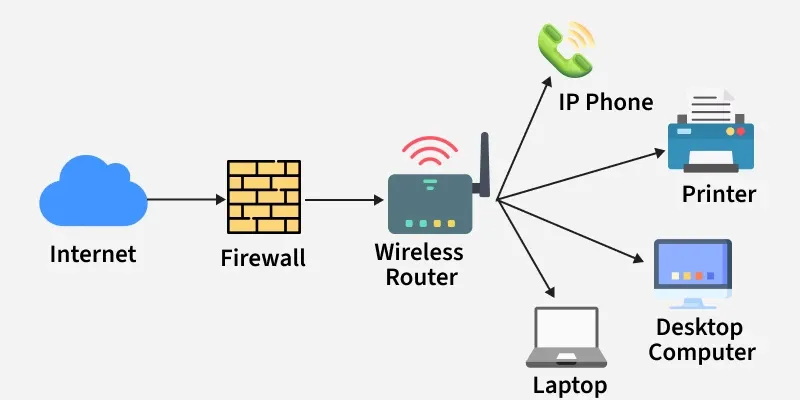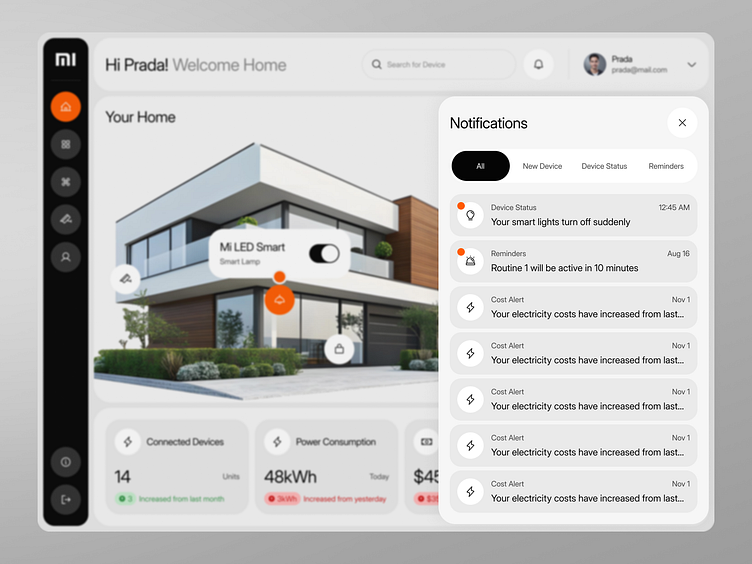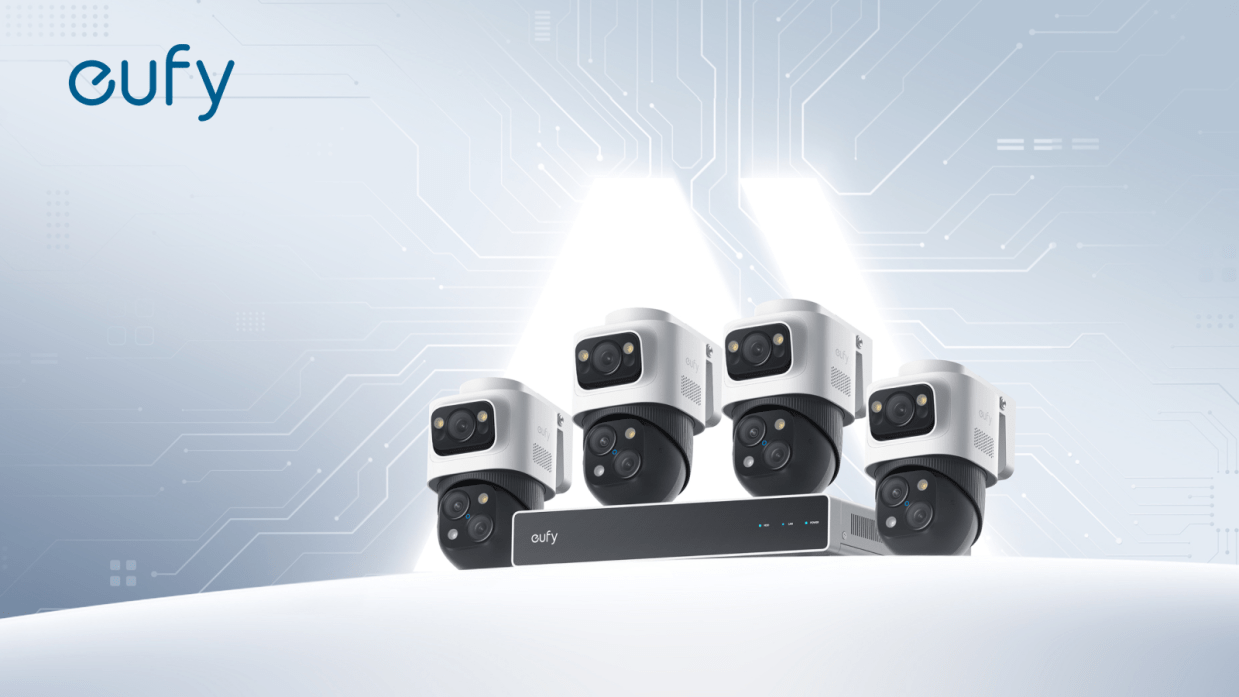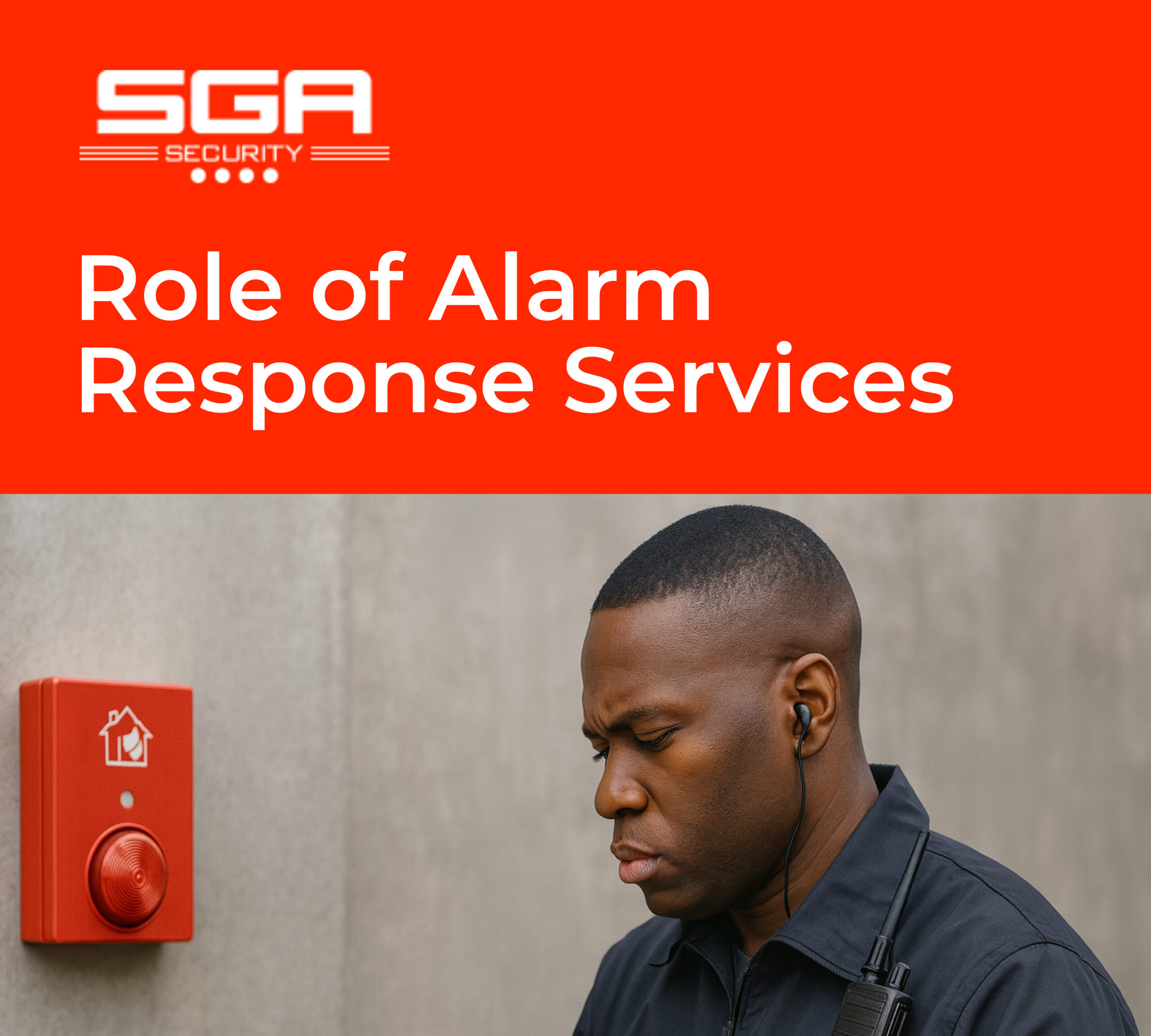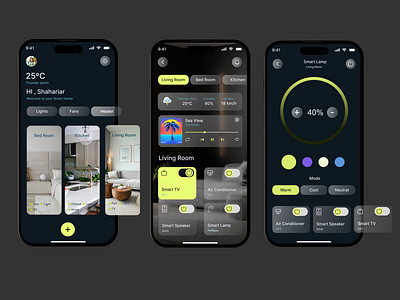Choosing the right network devices can feel overwhelming. You want your connection to be fast, reliable, and secure—but with so many options, how do you know what fits your needs? Choosing Network Devices:
Imagine avoiding costly mistakes and downtime by making smart choices from the start. This guide will help you understand what matters most when picking network devices, so you can build a setup that works perfectly for you. Keep reading to discover simple tips that make a big difference.
Types Of Network Devices
Network devices help computers and other gadgets talk to each other. They send, receive, and manage data in a network.
Different devices do different jobs. Knowing their roles helps you pick the right ones for your network.
Routers And Their Roles
Routers connect multiple networks together. They decide the best path for data to travel.
They also provide security by managing traffic and blocking threats.
- Connect local networks to the internet
- Direct data between devices
- Manage network security
- Assign IP addresses
Switches And Their Functions
Switches connect devices within the same network. They send data only to the device that needs it.
This improves speed and reduces network traffic.
- Connect multiple devices in one network
- Send data directly to target devices
- Help control network traffic
- Support faster communication
Modems For Connectivity
Modems connect your home or office to the internet. They convert signals from your internet provider.
Without a modem, your devices cannot access online resources.
- Convert digital data to signals for transmission
- Connect to internet service providers
- Enable internet access for networks
- Work with DSL, cable, or fiber connections
Access Points And Extenders
Access points let wireless devices join a wired network. They create Wi-Fi hotspots in large spaces.
Extenders boost Wi-Fi signals to cover dead zones and larger areas.
- Access Points create Wi-Fi access in wired networks
- Extenders increase Wi-Fi range
- Improve wireless coverage
- Help connect more devices wirelessly
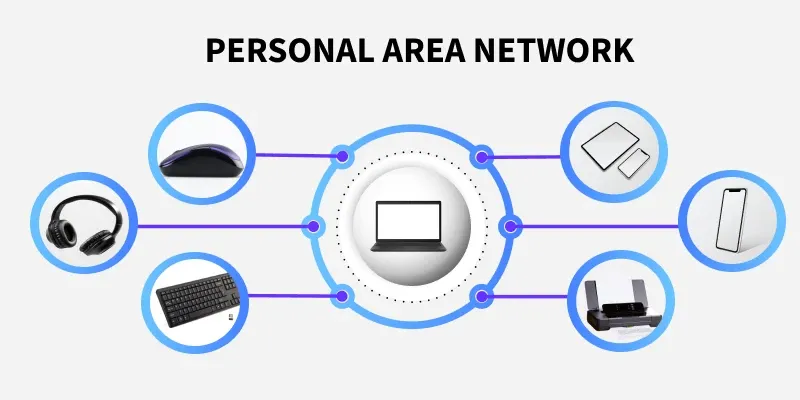
Credit: www.geeksforgeeks.org
Key Performance Factors
Choosing the right network devices is important for a smooth network. You must look at several key factors. These factors affect how well your network works.
This guide explains the main performance factors to think about. These help you pick devices that fit your needs.
Speed And Bandwidth Needs
Speed shows how fast data moves through the network. Bandwidth is how much data can travel at once. Both must match your usage.
Choose devices that support speeds higher than your highest demand. Check if bandwidth can handle many users or devices.
- Check device max speed (e.g., 1 Gbps, 10 Gbps)
- Consider peak data traffic
- Plan for future growth in bandwidth needs
Latency And Reliability
Latency is the delay before data moves in the network. Low latency means faster responses. Reliability means the device works without errors.
Choose devices with low latency for real-time tasks. Look for high reliability to avoid network downtime.
- Look for devices with fast processing chips
- Choose hardware with good uptime records
- Consider support and warranty services
Scalability Options
Scalability means the device can grow with your network needs. It should allow adding more devices or higher capacity.
Pick network devices that can upgrade easily. This saves money and time when your network expands.
- Check if device supports modular upgrades
- Look for easy installation of new components
- Choose devices compatible with future technology
Security Features
Security protects your network from attacks and data loss. Devices with strong security keep your information safe.
Look for devices with built-in firewalls and encryption. Regular updates and access control are important too.
- Use devices with firewall and VPN support
- Choose hardware that supports encryption standards
- Check for regular software updates
- Look for access control and user authentication
Matching Devices To Network Size
Choosing the right network devices depends on the size of your network. Small, medium, and large networks have different needs.
Picking devices that fit your network size helps keep things running smoothly and saves money.
Small Office Solutions
Small offices usually have fewer than 20 users. They need simple devices that are easy to manage.
Basic routers and switches work well. Wireless access points can cover small areas without extra wiring.
- Use routers with built-in firewalls
- Choose unmanaged switches for simplicity
- Wireless access points for easy Wi-Fi setup
Medium Business Setups
Medium businesses have 20 to 200 users. They need more powerful devices with better control.
Managed switches and business-grade routers help manage traffic and security. Multiple access points may be needed.
- Managed switches for network control
- Routers with VPN support for remote workers
- Multiple wireless access points for coverage
- Network monitoring tools to track performance
Enterprise-level Infrastructure
Enterprises have thousands of users and complex needs. They require high-performance, scalable devices.
Core switches, routers with advanced features, and multiple data centers keep networks reliable. Redundancy and security are key.
| Device Type | Purpose | Example Features |
| Core Switches | Handle large traffic loads | High speed, scalability, redundancy |
| Advanced Routers | Route traffic securely across sites | VPN, firewall, traffic shaping |
| Wireless Controllers | Manage many access points | Centralized control, load balancing |
| Security Appliances | Protect network data | Intrusion prevention, filtering |
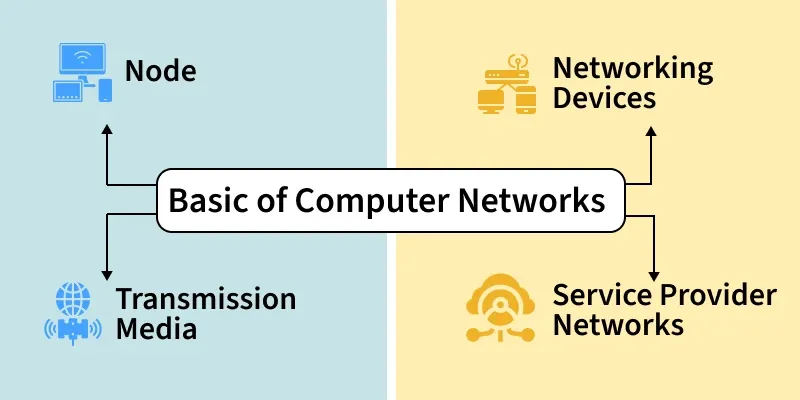
Credit: www.geeksforgeeks.org
Future-proofing Your Network
Choosing the right network devices is important for long-term success. Future-proofing your network helps avoid frequent changes and extra costs.
Planning ahead means your network can grow with new technology and keep working well over time.
Support For Emerging Technologies
Network devices must support new technologies to stay useful. Look for devices that handle faster speeds and new protocols.
Devices with support for Wi-Fi 6, 5G, and cloud services prepare your network for future needs.
- Check for compatibility with latest wireless standards
- Choose devices with software updates for new features
- Consider hardware that supports virtual and cloud networks
Upgrade Paths And Compatibility
Select devices that allow easy upgrades. This helps you add new features without replacing everything.
Make sure your devices work well with older and newer hardware to avoid problems during growth.
- Look for modular designs to add components later
- Ensure devices support common standards and protocols
- Check if firmware updates improve performance and security
Budgeting For Network Devices
Choosing the right network devices is important for your business. Budgeting helps you get the best devices without overspending.
Planning your budget allows you to balance cost and quality. It also helps you plan for future needs.
Cost Vs. Performance Balance
Network devices vary in price and speed. Cheaper devices may save money but might not perform well.
It is important to find devices that fit your budget and meet your performance needs.
- Look for devices with good speed for your tasks
- Avoid paying for features you do not need
- Check reviews to see if the device is reliable
- Consider energy use to save on power costs
Long-term Investment Considerations
Network devices are a long-term investment. Choose devices that last and grow with your business.
Look for devices that support upgrades and have good warranty options.
- Buy devices that support future technology
- Check warranty and support services
- Consider total cost of ownership, not just price
- Plan for device maintenance and replacement costs

Credit: www.vsolcn.com
Vendor Selection Tips
Choosing the right network device vendor is important for your business. The vendor affects device quality and support.
Good vendors help keep your network running smoothly. Look at key factors before making a choice.
Reputation And Support
Check the vendor’s reputation in the industry. Good vendors have positive reviews and strong customer feedback.
Reliable support means quick help if problems occur. Make sure the vendor offers 24/7 support and easy contact options.
- Look for vendors with high customer satisfaction
- Choose vendors with fast and helpful technical support
- Check if the vendor has a good track record with network devices
Warranty And Service Agreements
Review the warranty terms before buying. A strong warranty protects your investment in case of defects.
Service agreements can include regular maintenance and fast repairs. They reduce downtime and keep devices working well.
- Choose vendors with clear and fair warranty policies
- Look for service agreements that cover repairs and updates
- Check if the vendor offers on-site service or quick replacements
Installation And Maintenance
Choosing the right network devices is important for a stable and fast network. Proper installation and regular maintenance keep devices working well.
Good setup and care help avoid many common network problems. This guide explains how to install and maintain network devices.
Best Practices For Setup
Start by reading the device manual carefully. Follow the instructions step by step to avoid mistakes.
Place devices in well-ventilated areas to stop overheating. Keep them away from dust and moisture.
- Use quality cables and connectors
- Label all cables for easy identification
- Secure devices to prevent physical damage
- Set strong passwords and update firmware
- Test connections before finalizing setup
Routine Checks And Troubleshooting
Check devices regularly for signs of wear or damage. Clean dust from vents and ports every few months.
If a device stops working, restart it first. This simple step often fixes many issues.
- Monitor device performance using network tools
- Update firmware to fix bugs and improve security
- Replace faulty cables or hardware immediately
- Keep backup configurations for quick recovery
- Document all changes and maintenance actions
Frequently Asked Questions
What Are Network Devices Used For?
Network devices are used to facilitate communication between computers. They ensure data is transmitted efficiently across networks. Common devices include routers, switches, and modems. Each device has a specific role in managing and directing network traffic. Proper selection of devices is crucial for network performance and security.
How Do Routers Differ From Switches?
Routers connect multiple networks and direct data between them. Switches connect devices within the same network. While routers facilitate external communication, switches manage internal data flow. Both are essential for network efficiency. Choosing the right one depends on network size and complexity.
Why Is Network Security Important?
Network security protects data from unauthorized access and cyber threats. It ensures privacy and prevents data breaches. Secure networks maintain trust and compliance with regulations. Investing in security devices and protocols is crucial for safeguarding sensitive information. Always prioritize security when choosing network devices.
What Factors Influence Device Selection?
Factors include network size, speed requirements, and budget. Consider compatibility with existing infrastructure and future scalability. Device features and brand reliability are also important. Evaluate these aspects to ensure optimal performance and longevity. Proper selection enhances network efficiency and reduces operational costs. Choosing Network Devices:
Conclusion
Choosing the right network devices shapes your connection’s strength and speed. Consider your needs, budget, and device compatibility carefully. Good devices help your network run smoothly every day. Avoid rushing; take time to compare features and reviews. A reliable network supports work, learning, and fun without interruption. Choosing Network Devices:
Small choices can make a big difference in performance. Stay informed and pick devices that fit your setup well. Your network’s success depends on smart device choices.
18 min read

